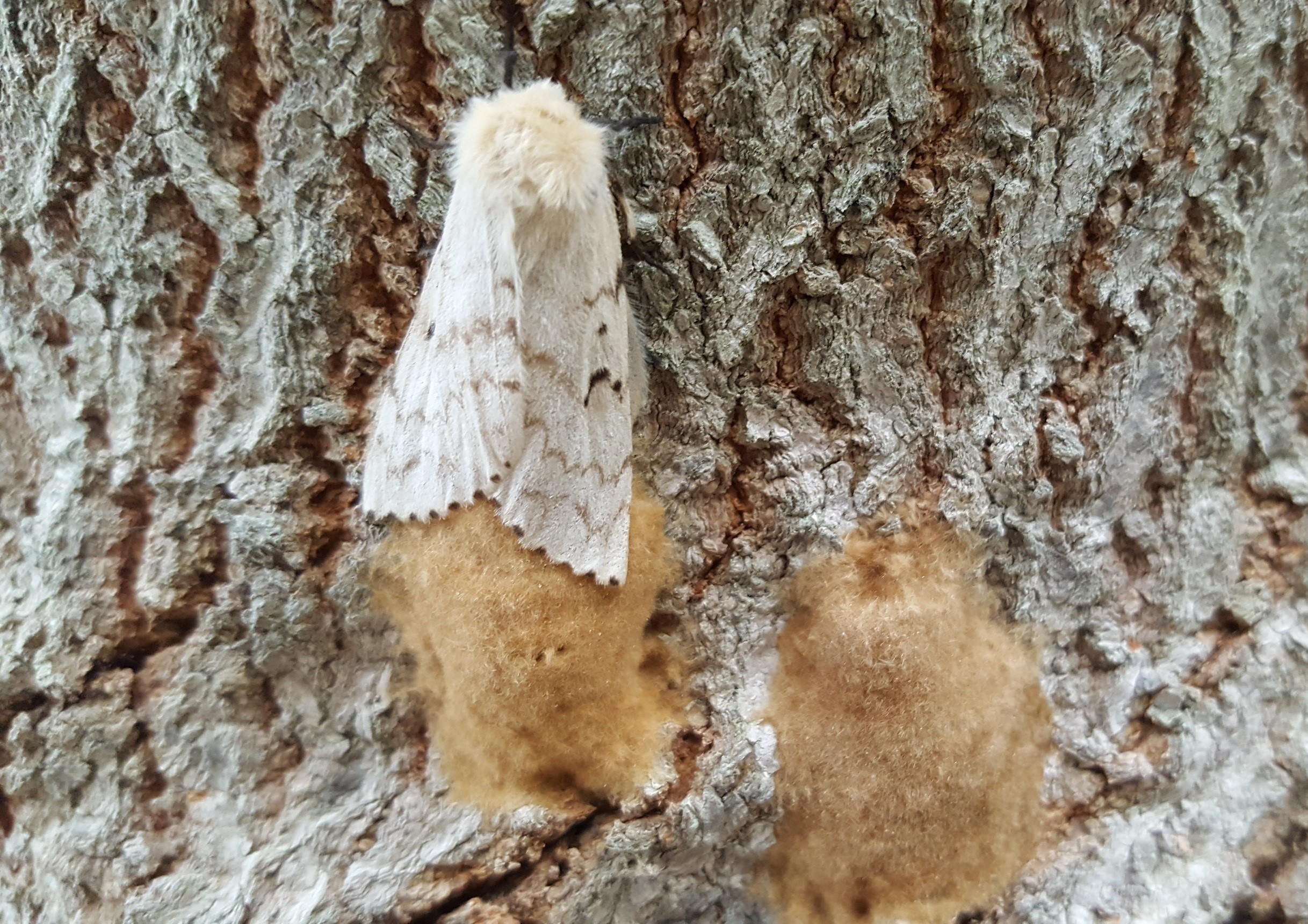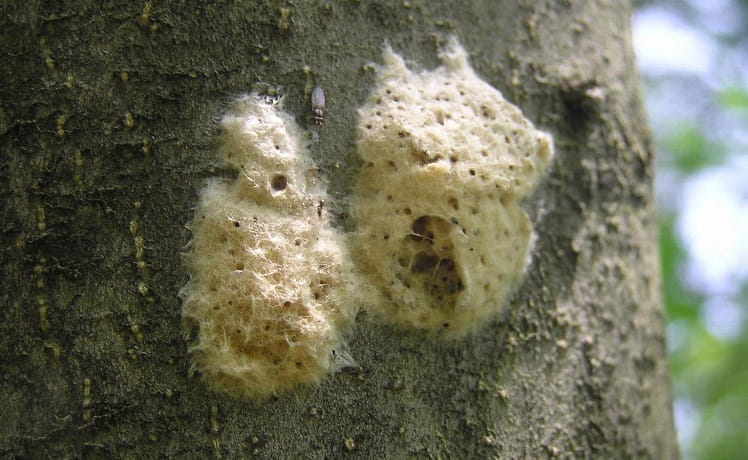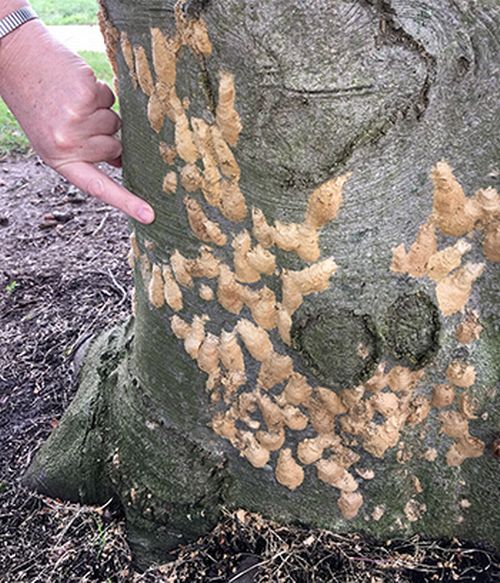Spongy Moth
Task Force Members
County Personnel
Jeremy Sobecki Parks
Amanda Lahners Health Department
Michael Herrman Soil and Water
Charity Glaser Highway
Randy Novak Council President
Connie Gramarossa Commission President
Citizens/Businesses
Bill Nelson Homeowner (Co – Chair)
Diane Warnke Homeowner (Co – Chair)
Scott Keller Homeowner
Mark Swistek Homeowner
Jeremy Smith Business – Bee Keeper
Phil Marshall Indiana DNR (Spongy Moth Expert)
Jim Pressel Indiana House Representative
Brian Mann Tree Mann Company
Tina Miramontes Homeowner
Spongy Moth (Formerly known as the Gypsy Moth)
Why talk about the Spongy Moth?
Lodged as a formal complaint by the public, the Spongy Moth is an invasive species that eats leaves on trees and can cause serious damage over time, it can result in the death of trees. Without intervention, many trees can become damaged and create hazards to the public.
Infestations can be so severe that caterpillar waste raining down from trees can cover decks and ruin enjoyment of your outdoor space.
About the Spongy Moth
Other names: Spongy Moth (Formerly Gypsy moth), Lymantria dispar
Where did it come from?
Spongy moth was imported from Europe in 1869 by a man hoping to cross them with silk moths.
What do they eat?
Spongy moth caterpillars primarily feed on oak but will move to other host plants if it runs out of oak leaves.
Why is it invasive?
Caterpillars of this moth have large, periodic outbreaks. They can eat all of the leaves on, and sometimes kill, the trees they feed on.
How do you prevent its spread?
When you travel through spongy moth infested areas or move to a new place, make sure to inspect everything kept outdoors for egg masses. Buy or cut firewood close to where you’re planning to use it. Spongy moths will lay their eggs on any surface outdoors.
Once spongy moths have established in an area, it is impossible to completely eradicate them. Instead, homeowners should focus on keeping their vulnerable trees healthy so they will survive infestations and on keeping spongy moth populations at management levels.
If you live in an area affected by spongy moths, keep the following points in mind to boost your morale during the ongoing battle:
- Spongy moths do not usually kill trees in one season. It takes 2-3 consecutive years of over 50% defoliation to kill a healthy tree.
- Healthy trees can usually withstand up to 30% defoliation for several years in a row with few ill effects.
- There are many measures that homeowners can undertake both before and after the arrival of the spongy moth to lessen its impact.

Spongy Moth

Damage to Trees

Spongy Moth Eggs

